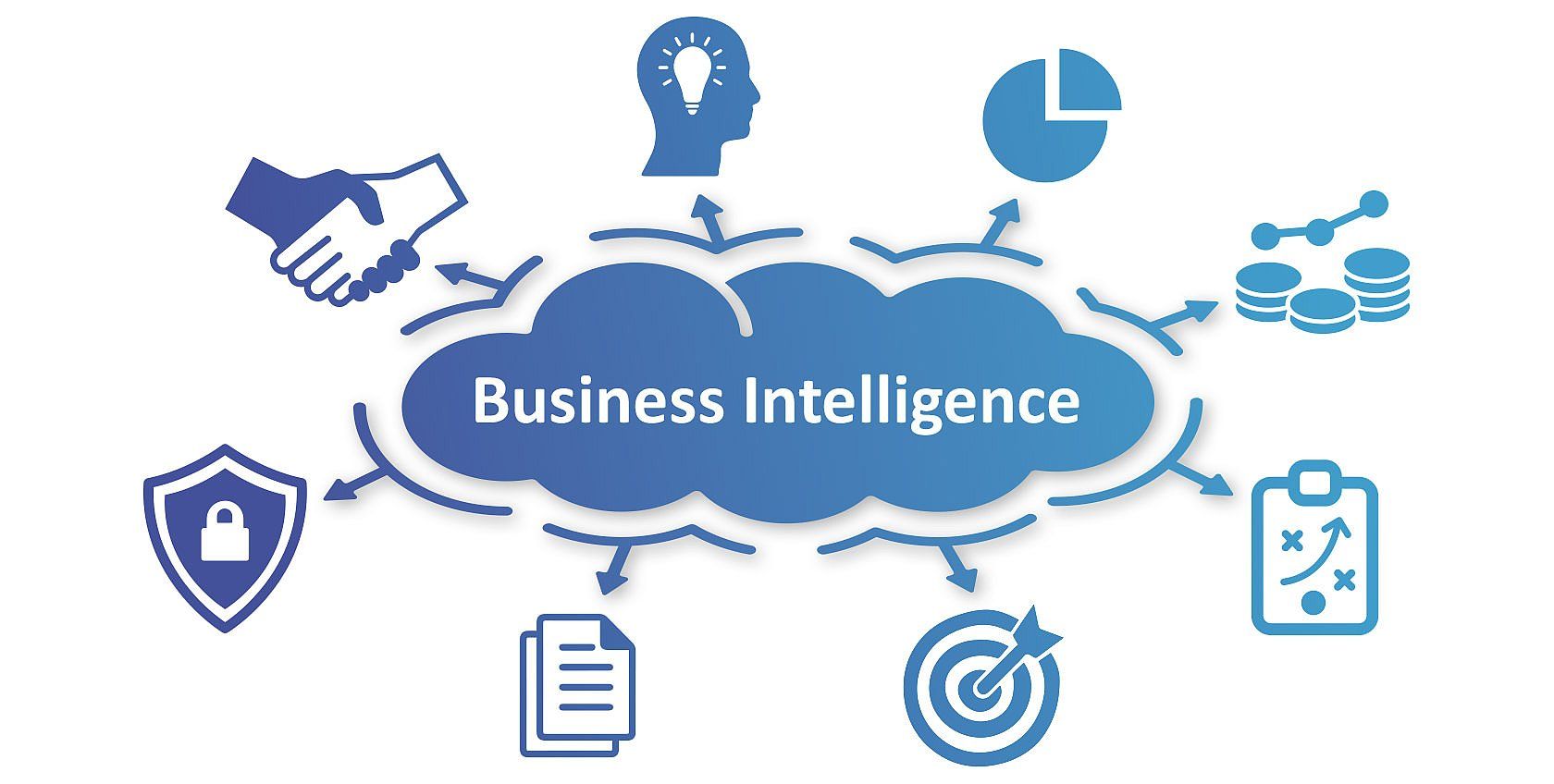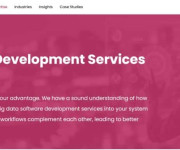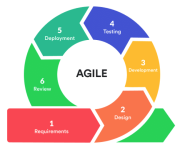Tips for Improving Your BI Strategy

1. Think of Your Long-Term Needs
Just because you may not need BI now doesn’t mean you won’t need it in the future. While you want to be in control and solve your business problems, you need to think of the bigger picture perspective that your data presents. You can use KPI’s to help uncover general areas of performance, but using a BI solution will illuminate and help solve discrepancies or inefficiencies across multiple departments at micro-levels.
2. Develop a Strong Training Strategy
You can’t throw a new software interface at your team and expect them to run it to its full potential. Where there may be less of a need to teach the ins and out of screen navigation, there is still a need for formal training on the effective use of reporting tools and data sharing. Each department will rely on different aspects of the data, making a one-size-fits-all approach to training completely ineffective. Train employees in are the areas of their departmental needs for data, creating more knowledgeable insight with analytics and decision-making.
3. Remember to Stay Flexible
Even though your BI solutions will be extremely helpful once implemented, things can pop up during the early days that may need you to take a step back. There could be discoveries of inefficiencies, based on real-time implementation feedback that needs to be corrected before further rollout occurs. Allow yourself the time and adaptability to present your BI software as a multi-phase project.
Choosing to leverage technology and software advancements in BI can improve your company’s performance and bottom line. The key to success in implementation is a sound strategy that addresses employee training, potential challenges, and open-minded adaptability.























